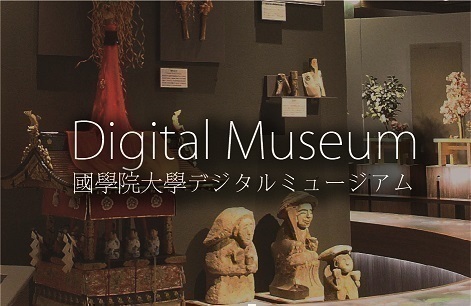- トップ
- Encyclopedia of Shinto
- Kibune matsuri
Encyclopedia of Shinto
| Main Menu: | |
| Links: |
詳細表示 (Complete Article)
| カテゴリー1: | 5. Rites and Festivals |
|---|---|
| カテゴリー2: | Individual Shrine Observances |
| Title | Kibune matsuri |
| Text | A festival that was held on the first day of the fourth and eleventh months at Kibune Shrine in Sakyō Ward, Kyōto City, Kyōto Prefecture. The festival was observed on a grand scale prior to the Meiji Period (1600-1868) when the shrine had an auxiliary shrine (sessha) relationship to Kamo-wake-ikazuchi Shrine (also known as Upper Kamo Shrine). In the past, there would be a kitchen knife ceremony the day before the festival. Shinsen (food offerings) would also be put in a karabitsu (a type of chest) that, along with kakedori (offerings of birds), would be presented to the kami in a ceremony on the day of the festival. After festivities that included a ritual offering (hōbei) and intoning of norito (prayers) by shinshoku (priests), they would go to the rearmost sanctuary (okusha) and branch shrines (massha) to perform the hōbei, and then return with their hair adorned by flowers from the mountain top. During these rituals, at a point midway between the Kibune and Upper Kamo shrines, a designated singer would chant a secret song to which the other priests would sing in response. Also, during the fourth month festival worshippers used to collect the Japanese knotweed (itadori) that grew profusely on the mountain near the shrine in a competition for size and amount, thus leading to the popular name itadori matsuri ("knotweed festival"). Vestiges of this ancient festival remain in the annual shin'yo (portable shrine) procession held on June 1, and in the festivals for the changing of the kami's robes (gokōisai) held on April 1 and November 1. — Mogi Sakae |




